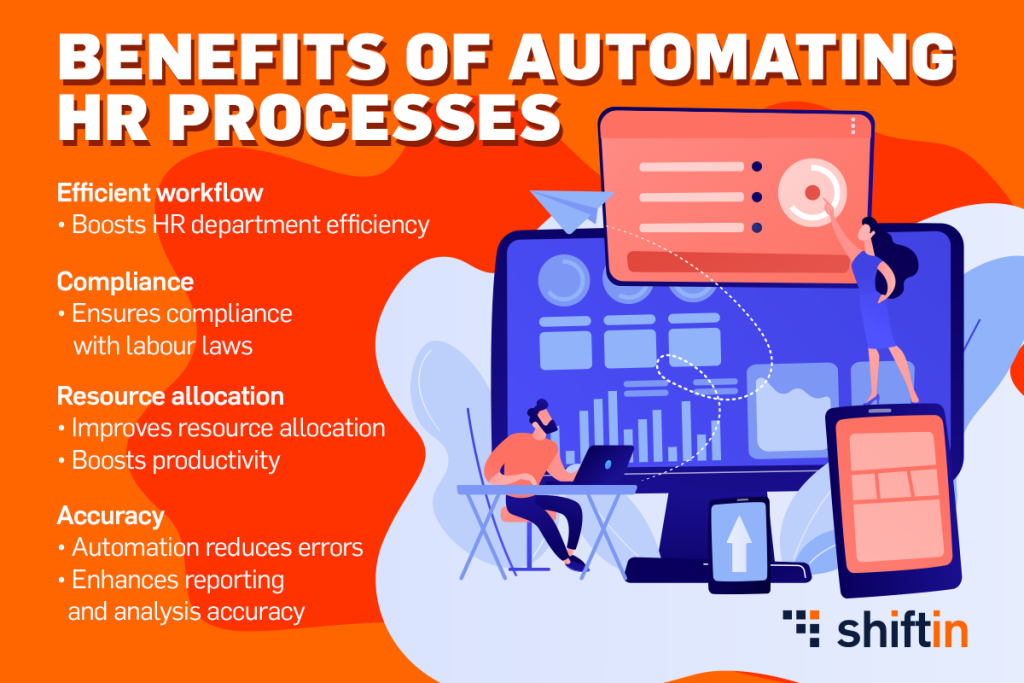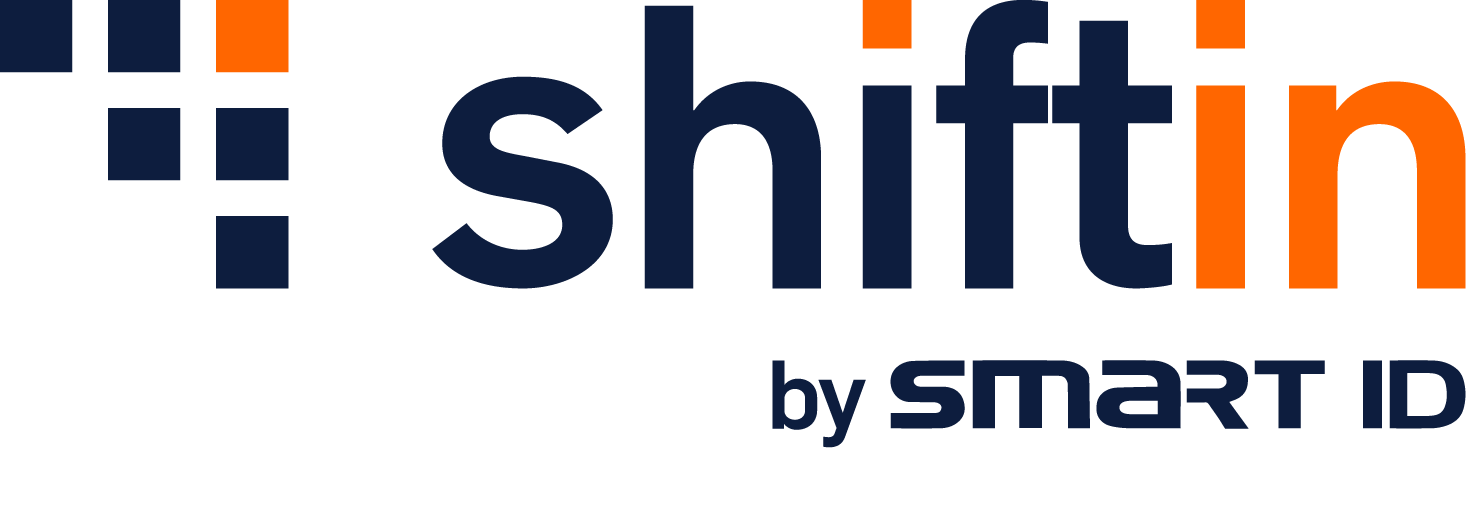- Why is your employees’ work shift planning important?
- Adopt the shiftin model for generating the shift work schedules
- Benefits of automating HR processes
- How to automate HR processes in your business
Effective and swift shift planning has become an indispensable tool for HR Departments across the world. This process optimizes the use of HR tools and capabilities but also plays a crucial role in maintaining a productive working environment that is transparent. Organizations can ensure a healthy work-life balance for employees while also meeting operational requirements. Let’s find out why effective work shift planning is so important for the organizations of today.
Why is your employees’ work shift planning important?
Effective staff shift planning is critical to the success of any firm that operates on a shift-based work schedule. This planning strategy assures consistent work coverage, minimizes the stress on employees, and optimizes the productivity of your business.
Adopt the shiftin model for generating the shift work schedules
The shiftin model for producing shift schedules offers a systematic and automated technique to shift scheduling. This approach employs advanced algorithms to generate efficient and equitable schedules that take into account a range of parameters such as availability, shift changes, number of hours worked, and so on. Businesses can use the shiftin platform to automate and streamline their scheduling procedures, as well as decrease common administrative responsibilities that were previously done manually. The shiftin platform is appropriate for any type of company or legislative norm.
Benefits of automating HR processes
Here are the benefits of automating HR processes.

Efficient way of working
Automating HR processes with the help of shift scheduling tools will significantly boost efficiency in your HR department. The software automates the construction and management of shift schedules, removing the need for manual revisions and saving HR personnel time on administrative activities. Shiftin handles the intricate calculations and modifications required for shift scheduling, allowing HR experts to focus on other strategic and organizational tasks.
Compliance
The automation capabilities of Shiftin help businesses stay compliant with labor laws and regulations; the platform is configurable, and compliant, and takes into consideration any legislative changes in terms of shift scheduling. This reduces the risk of fines and legal trouble associated with non-compliant shift scheduling.
Resource Allocation
One of the primary advantages of automating HR procedures is the ability to improve resource allocation. Automated shift scheduling systems help to guarantee that the appropriate number of people are planned for each shift, hence increasing productivity and reducing downtime. This streamlined scheduling might result in cost savings and higher service quality because staff are better positioned to meet business demands. HR professionals can then focus their efforts on strategic initiatives that promote corporate success.
Accuracy
Manual HR operations are prone to errors, which can result in compliance concerns and financial inconsistencies. Automation lowers errors by ensuring that data is entered and processed consistently and precisely. This not only helps to ensure compliance with labour laws and regulations, but it also improves the accuracy of reporting and analytics. For example, shiftin produces an automatic timesheet report that can be used for payroll.
How to automate HR processes in your business
There are a couple of steps that you need to undertake to successfully automate HR processes in your business. Identifying the areas that would benefit most from automation is a critical first step in this process. Common areas that benefit from automation are shift scheduling, payroll and administration. Researching the best automation software that fits your needs is the next step. Solutions that offer integration opportunities and flexibility to fit your exact use cases are front runners.
Next, create a detailed implementation plan outlining the actions required to shift from manual to automated procedures. This strategy should involve training for HR personnel and employees to guarantee a smooth transition. Monitor the implementation closely and be ready to make changes as needed to handle any issues that occur.
It is critical to continuously evaluate the effectiveness of your preferred automated software solution to ensure that it is providing the anticipated benefits. Regularly evaluate critical indicators, seek feedback from users inside your organization, and continue to tune the platform to achieve the best results.





